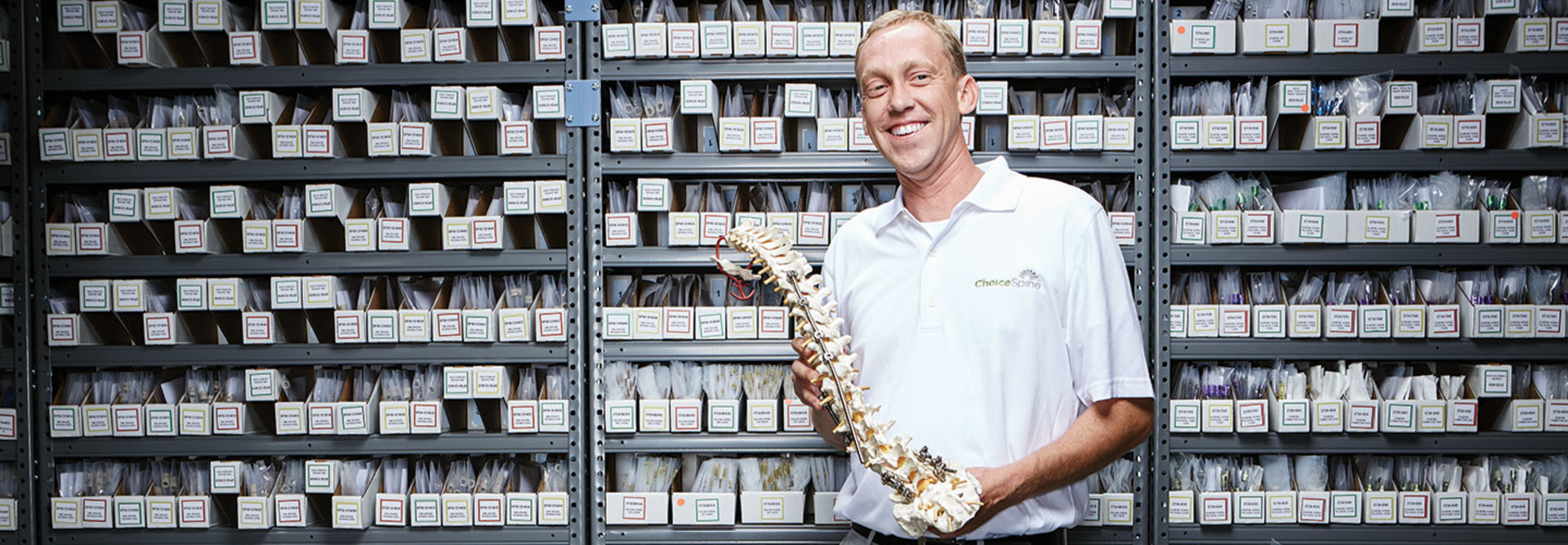3 Small Businesses Embrace a Paperless Future
Paperwork remains the bane of most office workers’ existence — even in 2015. While few of us tout paper-pushing as a skill on our resumes, many businesses continue to find themselves entrenched in paper-based processes.
The chief argument for going paperless is cost savings. There’s less spending on paper, toner, ink and electricity. Plus, businesses can improve efficiencies as well as collaboration — not to mention environmental friendliness. Earlier this year, the owners of ChoiceSpine, a spinal implant company in Knoxville, Tenn., opted to go paperless.
“Our biggest goal was to automate our accounts payable department,” says Ryan Blume, the company’s IT manager, who, together with technical project manager Jason Uebel, was tasked with streamlining ChoiceSpine’s expensive and time-consuming paper-based payment process.
Paper Problems
Blume and Uebel turned to FileBound, an enterprise content management application, to replace the existing document management solution. “The interface is modern-looking, it runs quickly, and it’s web-based,” says Uebel. As they slowly roll out FileBound across the company, Blume and Uebel not only reduce the amount of paper in the office, they also improve workflows.
“It’s capable of doing a vast amount of different things,” adds Uebel.
If there are any doubts about the disadvantages of paper, Melissa Webster, vice president of content and digital media technologies at IDC, believes otherwise.
“Paper is a symptom of a process that is not really optimized,” she says. “There’s no visibility, and it’s difficult to know the status. There’s no automated filing for paper, and people wind up filing things in the wrong place. There’s also no search capability. And there’s no security.”
In comparison, a good document management solution is far more cost-effective, saves time and enables better customer support. Businesses also can reclaim all of the space left behind by discarded filing cabinets.
Percentage of paper ChoiceSpine expects to eliminate once FileBound is fully implemented
SOURCE: ChoiceSpine
Easing Into Efficiency
Core Bank, an Omaha, Neb.-based bank that formed in 2013 following the merger of Centennial Bank and Omaha State Bank, has used FileBound for enterprise content management since 2007.
“We were running out of file cabinets, and just trying to figure out what we were going to do,” says Staucia Dumont, the bank’s senior vice president and former project manager in charge of rolling out FileBound.
Within a year of introducing the solution, all departments were on board. Dumont cites FileBound’s ease of use, adaptability and security as prime reasons Core Bank continues to be a loyal customer. Above all, Dumont says she appreciates the efficiency FileBound brings to the workplace.
“Everyone can get a file at any given time,” she says. “No one is searching for a file.”
Bibles in a Box
Biblica, a Colorado Springs–based organization that commissions and publishes translations of the Bible, works to engage people with it and maintains offices on six continents, implemented the content management solution Box in September 2013.
“Our initial goal was to get all of our intellectual property housed in one central location,” says Andrew Wilson, enterprise content management administrator.
Upon eliminating paper files, Wilson and his colleagues quickly saw the larger role Box could play in teams’ overall workflow, and moved toward a wider implementation.
“Box removed a lot of the silos that were in place between departments and area offices around the world,” Wilson says. With access to translation files in the cloud, employees collaborate in ways that weren’t possible before Box.
Paper-Free Future
Only a few months into the FileBound rollout, ChoiceSpine’s Blume and Uebel work hard on the implementation. To minimize disruption to the company’s operations, they take it one department and one document type at a time. Blume expects that most of the office will be paper-free in the next 16 to 18 months.
“I would say, easily, we can get over 90 percent of our paper gone,” Uebel says.
Early user feedback has been positive about the transition and, while the adoption of the new system constitutes a major project for the IT department, Blume and Uebel have turned to the FileBound team for assistance in optimizing system setup.
Blume recommends contracting with the company for additional help in developing some of the processes that inform how FileBound functions.
After the setup is complete, Blume expects the IT burden will be substantially reduced. And, given the expected gains, both Blume and Uebel expect their work to pay off for ChoiceSpine.
Document or content management software is crucial to business operations, says Uebel, a veteran of similar implementations at other companies.
“I put them up there with our enterprise resource planning software and customer relationship management software in terms of their importance.”
“I’m a big proponent of them, and for trying to get rid of a lot of the paper lying around offices,” he says.









